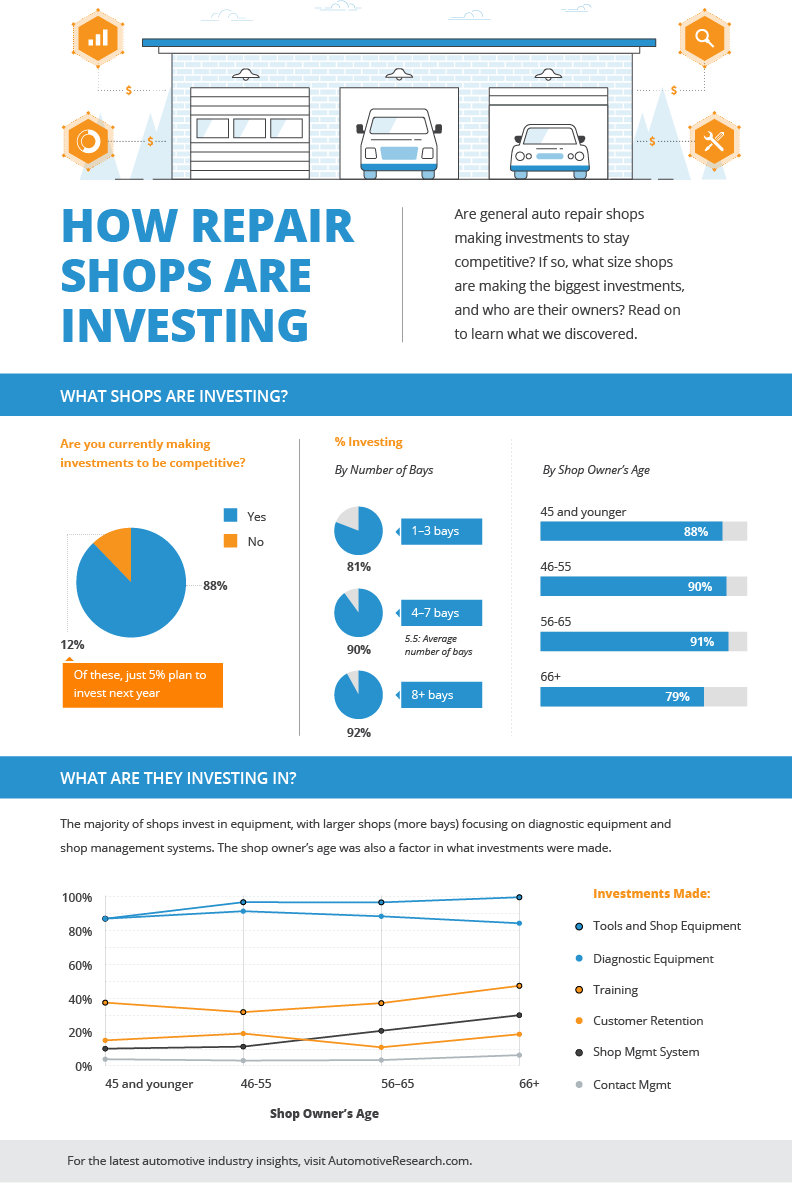Translating Your Auto'S Alert Lights: Their Real Implications
Translating Your Auto'S Alert Lights: Their Real Implications
Blog Article
Short Article Developed By-Lim Dalgaard
When you lag the wheel, those glowing caution lights on your dashboard can be a bit puzzling. Do you know what they're attempting to tell you about your automobile's health? Comprehending the value of these lights is essential for your safety and security and the durability of your automobile. So, the following time among those lights pops up, wouldn't you intend to decode its message precisely and take the necessary actions to resolve it?
Common Caution Lights and Interpretations
Recognize usual warning lights in your cars and truck and recognize their definitions to guarantee risk-free driving.
One of the most typical warning lights include the check engine light, which indicates concerns with the engine or exhausts system. If this light comes on, it's essential to have your car checked immediately.
The oil pressure warning light indicates low oil stress, requiring immediate attention to prevent engine damages.
A flashing battery light might suggest a faulty charging system, possibly leaving you stranded otherwise resolved.
The tire pressure monitoring system (TPMS) light informs you to low tire stress, impacting lorry stability and gas effectiveness. Ignoring this could lead to dangerous driving conditions.
The ABS light indicates an issue with the anti-lock braking system, compromising your ability to quit quickly in emergencies.
Finally, the coolant temperature advising light warns of engine overheating, which can cause severe damage otherwise resolved promptly.
Understanding these typical caution lights will certainly help you attend to issues immediately and preserve risk-free driving problems.
Value of Prompt Attention
Comprehending the usual warning lights in your automobile is just the initial step; the relevance of immediately addressing these warnings can't be stressed enough to ensure your safety when driving.
When a warning light illuminates on your dashboard, it's your cars and truck's method of connecting a potential concern that requires focus. Neglecting https://brake-pads05173.blogsmine.com/31755218/want-to-learn-more-concerning-the-warning-lights-on-your-control-panel-uncover-what-they-show-regarding-your-car-s-health-and-wellness can cause more extreme issues in the future, endangering your safety and security and possibly costing you a lot more out of commission.
Motivate interest to alerting lights can prevent breakdowns and accidents. For instance, a flashing check engine light could suggest a misfire that, if left ignored, can cause damages to the catalytic converter. Addressing https://www.ratchetandwrench.com/articles/12441-proactive-car-care-may-help-long-repair-wait-times can save you from a pricey fixing.
Likewise, a brake system alerting light might indicate reduced brake fluid or used brake pads, vital elements for your safety and security when driving.
DIY Troubleshooting Tips
If you notice a caution light on your dashboard, there are a few do it yourself fixing pointers you can try before looking for specialist assistance.
mobile car detailing reviews is to consult your cars and truck's guidebook to recognize what the particular caution light suggests. Sometimes the problem can be as basic as a loosened gas cap activating the check engine light. Tightening the gas cap may solve the trouble.
One more common issue is a reduced battery, which can activate different warning lights. Inspecting the battery connections for rust and guaranteeing they're safe might take care of the problem.
If a warning light continues, you can attempt resetting it by detaching the auto's battery for a couple of minutes and afterwards reconnecting it. Additionally, inspecting your vehicle's liquid levels, such as oil, coolant, and brake liquid, can help troubleshoot cautioning lights connected to these systems.
Conclusion
In conclusion, understanding your cars and truck's caution lights is essential for keeping your vehicle running efficiently and safely. By quickly resolving these notifies and knowing what they imply, you can prevent expensive fixings and potential break downs.
Remember to consult your car's manual for specific information on each warning light and take action appropriately to ensure a hassle-free driving experience.
Stay notified, stay safe when traveling!
